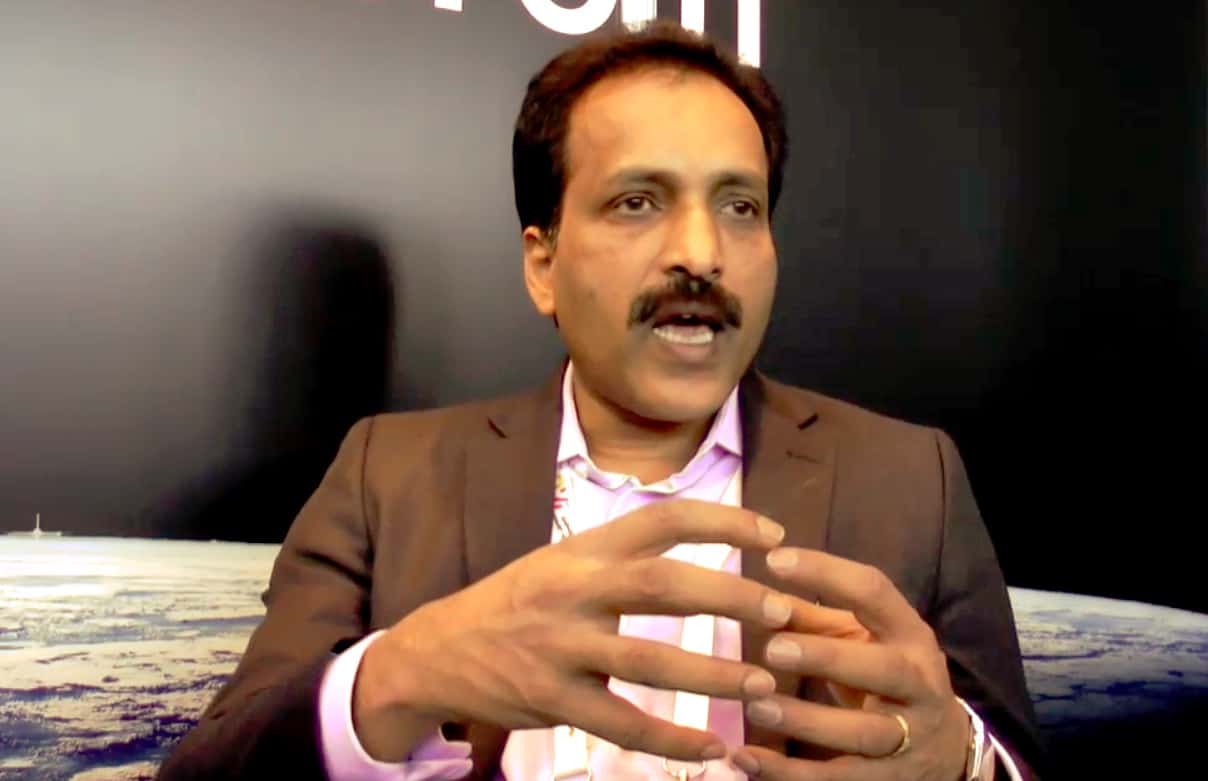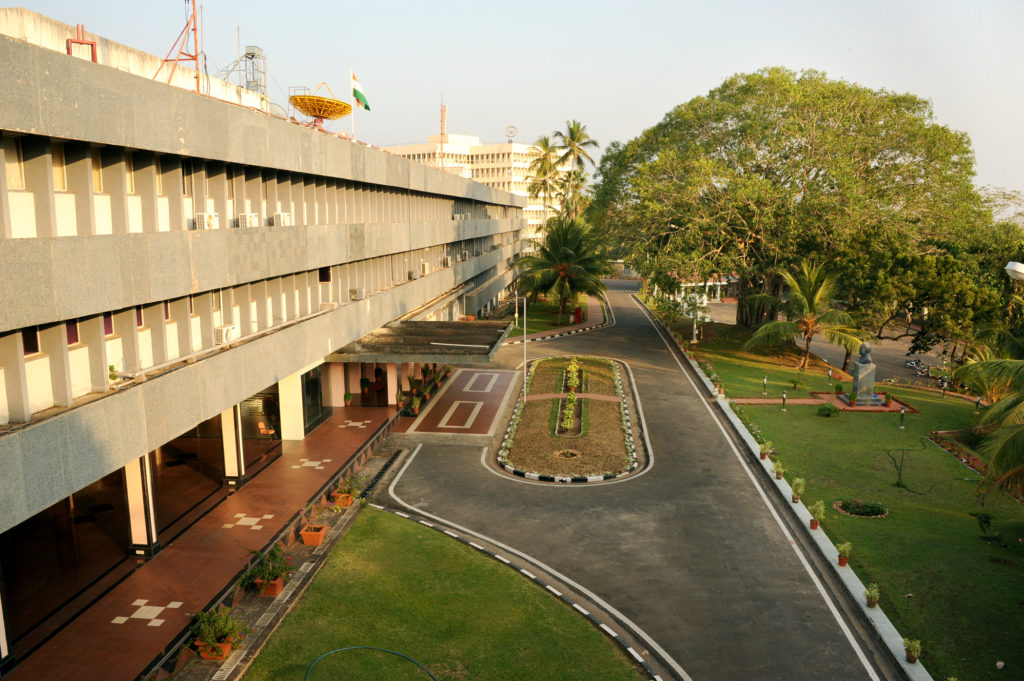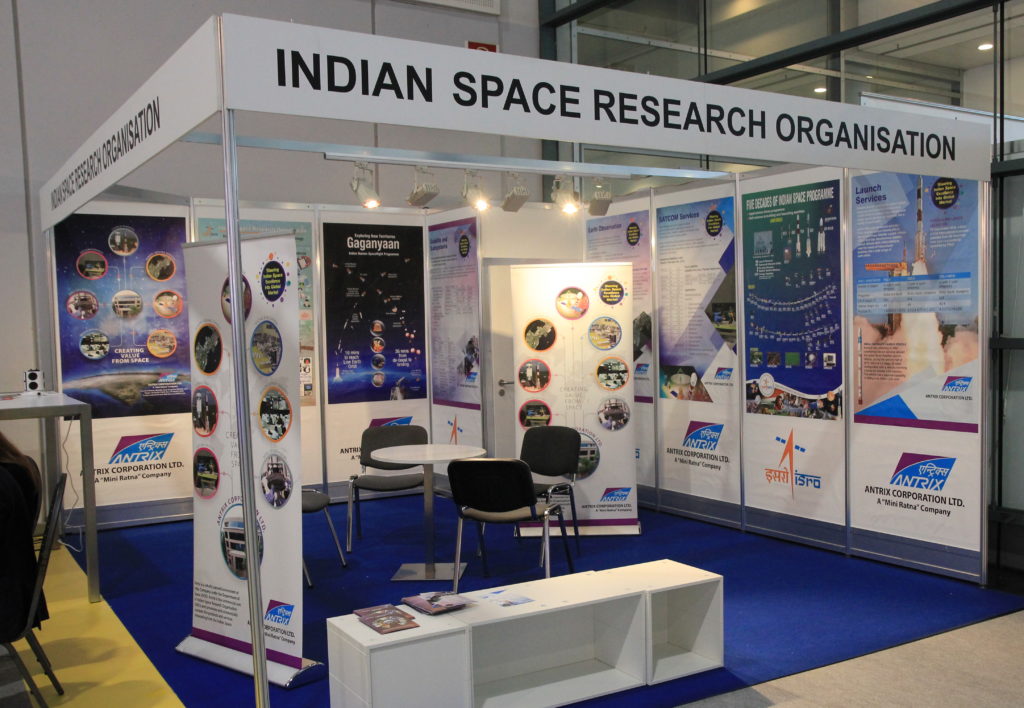
S. Somnath joined the Vikram Sarabhai Space Centre (VSSC), Thiruvananthapuram in Kerala in 1985 and today he is its director. With more than three decades at ISRO, he has held several key posts, including director of the Liquid Propulsion Systems Centre. This episode is available in audio and video below.
This interview was recorded on 5th October 2018 in Bremen, Germany, during the IAC2018, so it is a little noisy in parts.



Some highlights include
- Satish Dhawan – Brought a new vision and restructured ISRO at the organisational level. He consolidated and integrated specialist centres throughout India into the national organisational structure that exists today.
- Only solid propellants are manufactured on site at Sriharikota. Liquid and cryogenic propellants are transported over a day and a half from ISRO’s Liquid Propulsion Centre to Sriharikota. Currently, only roads are used, but sea transport may be an option in the future.
- The heavy-lift GSLV Mk3 second development flight is scheduled to launch before the end of 2018. A target of three successful development flights is required before GSLV Mk3 is designated as operational.
- Currently, the Sriharikota launch capacity of 12 to 18 launches per year is determined by the industry’s capacity to manufacture launch vehicles. The private sector has all the technological competencies but lacks the capacity to deploy them.
- An additional launch site would not be of value at this time. Once private sector capacity increases within the next 2 to 3 years, additional launch sites would be useful.
- VSSC played a key role in developing the technologies required for the Human Space Flight programme. The Pad Abort Test was successful. The parachute detached at the planned time and not prematurely, as it looks in the video.
Podcast: Play in new window | Download (Duration: 27:23 — 22.0MB) | Embed
Subscribe: Apple Podcasts | Spotify | RSS | More
Leave a Reply